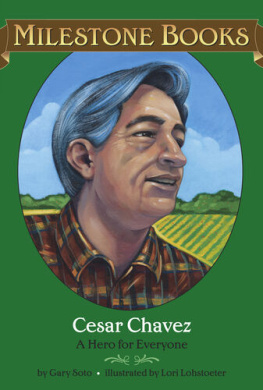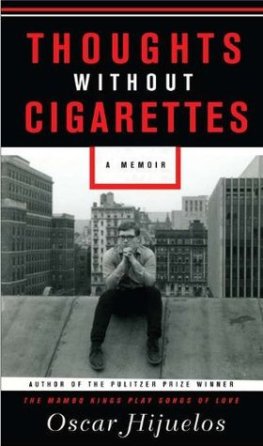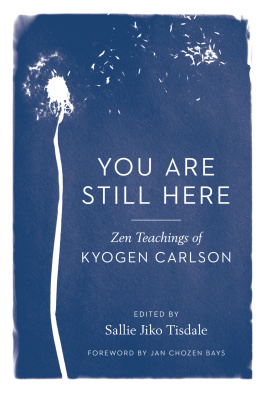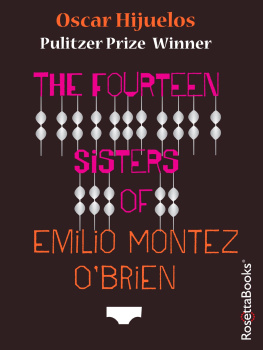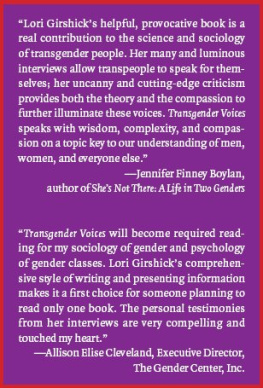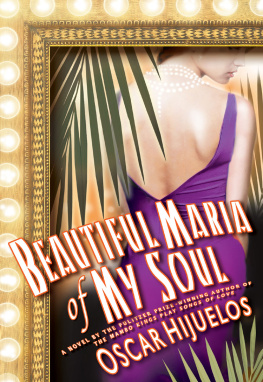Contents
Guide
Edited by Lori Marie Carlson-Hijuelos
A Path to the World
Becoming You
In loving memory of Oscar Hijuelos, my husband, and my father Robert V. Carlson
Editors Note
Imagine making an important decision. You might write down on paper the pros and cons of going one way or the other, read the positives and negatives again and again and finally come to a simple conclusion: no matter the choice your life is never going to be the same. This you know for sure. But the tricky part? You cant tell if the outcome will be for better or worse. The uncertainty nags.
Who do you ask for advice? Who can help you make the right choice? A solid decision, after all, is made after considering multiple views and opinions along with having as much applicable information to the issue at hand as possible.
The writers whose ruminations and reflectionsabout civics, ethics, history, art, and culturethat I have sought to present in A Path to the World have had such moments because anyone who commits to what he/she is meant to become fully has to make difficult choices along lifes way.
It is hard to be human. It is challenging on several levelsemotional, mental, physicalevery single day. And it is daunting to be on the cusp of adulthood; no doubt about it.
But the good news is this: no matter the choices you make in life, the results can be shaped by your attitude. You have the abilitythe dynamism and spirit within your beingto decide how to respond to any context in which you find yourself. Even during the times when your prospects seem bleak. Maybe especially so.
As you venture forward on your unique, individual path, you will learn not only through formal education but also through experience. The events that determine the north, south, east, and west of your journey are not determinate; they are winds that come and go. They give your existence its particular slant, yes. But you are the only person who owns the truth of your life as you perceive it not as others see it. Thats called treasure.
This collection is eclectic in content, style, and tone. Some ruminations are funny and straightforward while others are philosophical, even didactic. Pat Conroy, for instance, shares his gotta-have recipe for mayonnaise. Otherwise, how can you make a perfect turkey sandwich? Ying Ying Yu explains that being dutiful is more important to her than seeking personal pleasure in order to truly honor her family. Is it any wonder that our countrys first president, George Washington, affirms the essence and foundational truth of religious freedom in our land? And in this age of cosmetic obsession, Joseph Bruchac counters the trope of what is acceptably good looking.
I hope that having read this anthology of opinions, provocations, and conundrums whether front to back, back to front, or in the middle and every which way, you think of the writers in this book as newfound friends wholike friends dosurprise you, assure you, challenge and inspire you on the way to becoming the person you were born to be.

From Notes of a Translators Son by Joseph Bruchac
My name is Joseph Bruchac. The given name is that of a Christian saintin the best Catholic tradition. The surname is from my fathers people. It was shortened from Bruchacekbig belly in Slovak. Yet my identity has been affected less by middle European ancestry and Christian teachings (good as they are in their seldom-seen practice) than by that small part of my blood which is American Indian and which comes to me from a grandfather who raised me and a mother who was almost a stranger to me. I have other names, as well. One of those names is Quiet Bear. Another, given me by Dewasentah, Clan Mother at Onondaga, is Gah-neh-go-he-yo. It means the Good Mind. There are stories connected to those names, stories for another time.
What do I look like? The features of my face are big: a beaked nose, lips that are too sensitive, and sand-brown eyes and dark eyebrows that lift one at a time like the wings of a bird, a low forehead that looks higher because of receding brown hair, and an Adams apple like a broken bone, two ears that were normal before wrestling flattened one of them. Unlike my grandfathers, my skin is not brown throughout the seasons but sallow in the winter months, though it tans dark and quickly when the suns warmth returns. It is, as you might gather, a face I did not used to love.
Today I look at it in the mirror and say, Bruchac, youre ugly and I like you.
The face nods back at me and we laugh together.

Cool Beef by Jeremy Lee
My Ma, ever a considerable talent in the kitchen, served a cold boeuf la mode for my twenty-first birthday, some years ago. The meal included numerous other delights, but my clearest memory is of the beef, possibly for the pleasing smell that flooded the house as the meat cooked, bringing peace to the usual battlefield of family life. Boeuf la modeliterally, beef in fashionis the French equivalent of American pot roast: a joint of beef, traditionally rump roast, simmered with vegetables, wine, brandy, a calfs foot, and herbs until its tender and richly flavored. It is typically served out of the oven, warm and delicious, the calfs foot having given the juices gorgeous body and substance. But the same dish eats just as wellarguably betterwhen served cold, in aspic. For this presentation, the meat is cooled, often sliced, and arranged in a mold or terrine, along with carrots or other vegetables. Then the cooking liquid is poured on top and the dish is refrigerated until the juices setthanks to the gelatin in the calfs footinto a pure, limpid jelly. For a more elaborate presentation, the meat is put on a platter, covered with partially cooled stock, and garnished with cubed aspic and vegetables.
Slow simmering is one of the oldest and best-loved methods of cooking the less exalted cuts of meat. While boeuf la mode is usually made from plebeian rump roast, as noted, the illustrious French chef Antonin Carme once offered a recipe for a cold variation made with filet simmered in madeira, brandy, and consommand in 1816 he reportedly served the dish, which he dubbed filet de boeuf la gele, to the future King George IV of England. Carmes recipe was outrageously indulgent and thus appealed greatly to George, who had a reputation for going one step too far. A filet is a sublime roast, and few would have considered simmering it in madeira. This version is now my favoritebut dont tell my Ma.

From If You Are What You Eat, Then What Am I? by Geeta Kothari
Indians eat lentils. I understand this is an absolute, a decree from an unidentifiable authority that watches and judges me.
So what does it mean that I cannot replicate my mothers dal? She and my father show me repeatedly, in their kitchen, in my kitchen. They coach me over the phone, buy me the best cookbooks, and finally write down their secrets. Things Im supposed to know but dont. Recipes that should be, by now, engraved on my heart.

